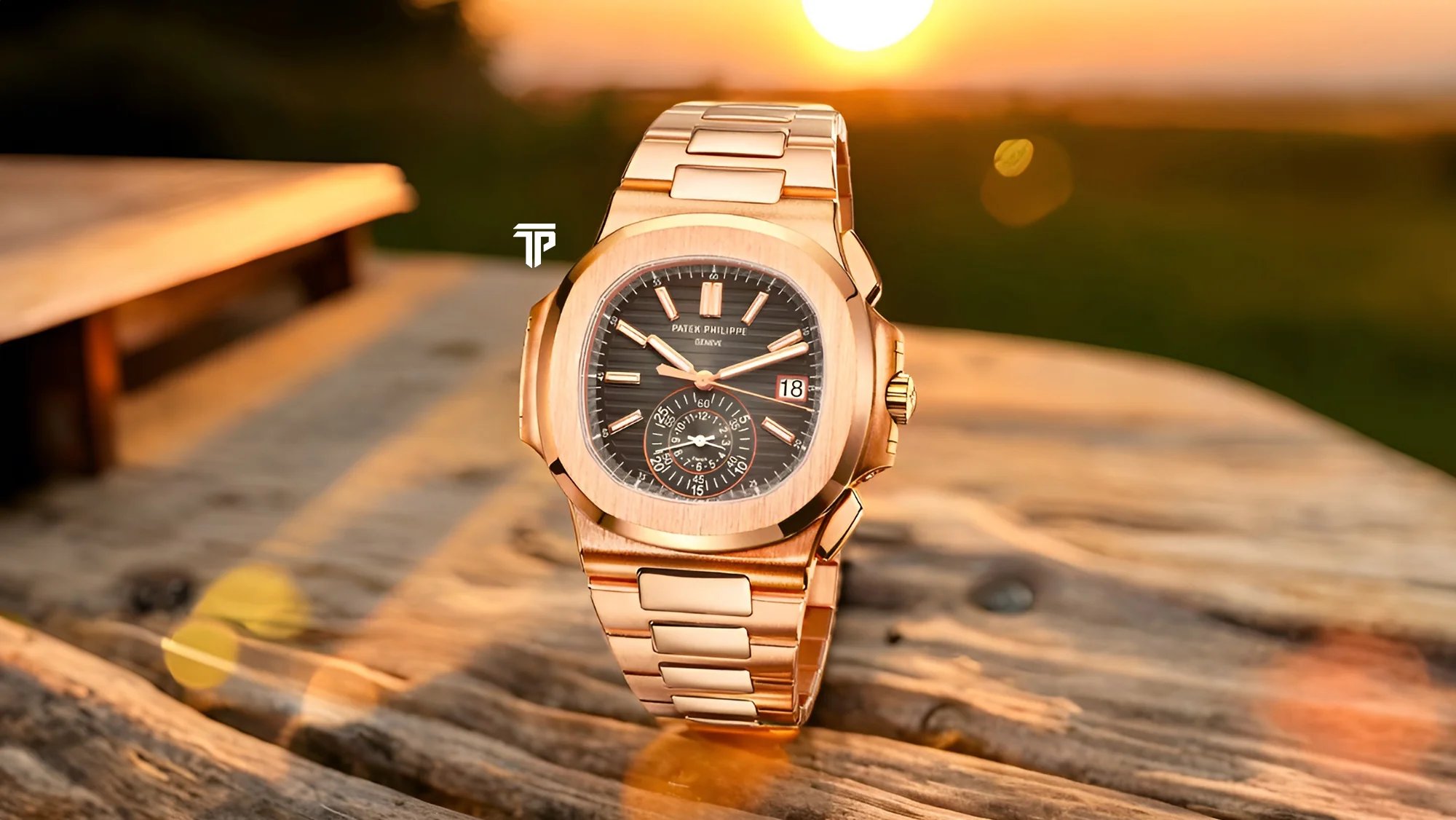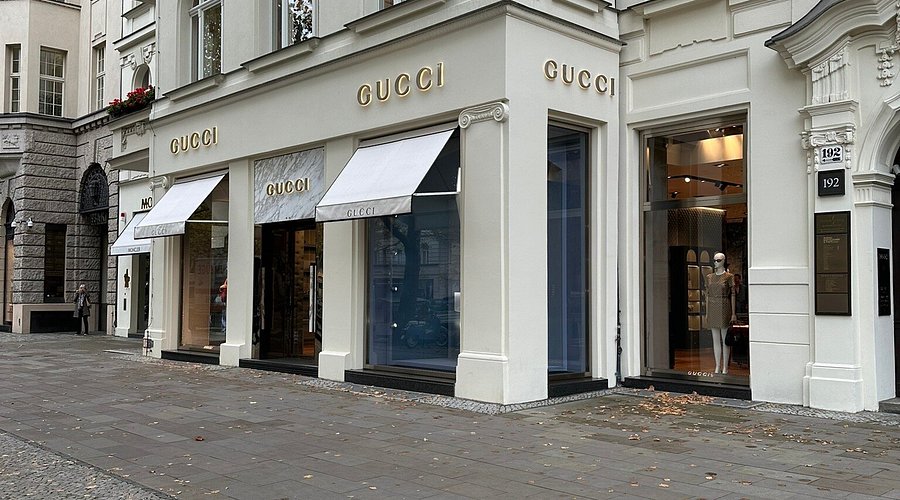Elite Collectors Turn to Space Debris as the Next Status Defining Asset Class
By
Sophie Moore
Last updated:
September 30, 2025
First Published:
September 30, 2025

Photo: SpaceNews
The birth of a strange new market
For decades, luxury collectors have pursued rare gems, vintage cars, and priceless art. Today, however, a peculiar asset is drawing the attention of the world’s wealthiest individuals—space debris. Once considered little more than discarded fragments orbiting Earth or burning upon reentry, these objects are now being acquired, preserved, and showcased as symbols of status and foresight.
Why space debris carries allure
At its core, space debris represents humanity’s first steps beyond Earth. A fragment of a fallen satellite is not simply metal; it is history, innovation, and adventure condensed into an object that has traveled where few ever will. For billionaires and elite collectors, owning a piece of space is not about science alone but about securing a story that cannot be duplicated.
From junk to treasure
While governments worry about the dangers of space junk in orbit, private buyers are treating it as treasure. Small pieces retrieved from reentry sites are fetching astonishing prices, especially when linked to famous missions. A scorched panel from a rocket, a capsule fragment, or even bolts once part of a space station are displayed in private collections like modern relics of exploration.
Auctions entering orbit
Prestigious auction houses have begun curating special events dedicated to space artifacts, with demand steadily rising among the global elite. Beyond historical memorabilia, the spotlight is shifting to space debris with uncertain origins. Each piece carries mystery, sparking conversations about its journey and significance. For collectors, the unknown adds to the value, making ownership feel almost otherworldly.
Architecture embracing the cosmos
Wealthy collectors are not simply locking away their acquisitions in vaults. Many are integrating them into architecture and design. Imagine a dining table centered around a polished satellite fragment or a gallery where lighting enhances the burn marks of a reentry object. These displays are more than decoration—they are statements of curiosity, vision, and cosmic ambition.
The symbolic power of space objects
Unlike paintings or jewelry, space debris is not just rare but finite. Once an object returns to Earth and survives, it becomes a tangible record of human progress. To own it is to lay claim to a moment of history that extends beyond national borders. For the elite, this symbolism is priceless, signaling their role as custodians of humanity’s journey into the stars.
Legal gray zones fueling intrigue
The trade of space debris exists in a curious legal landscape. While treaties prevent nations from claiming ownership of celestial bodies, private transactions for fallen fragments are largely unregulated. This ambiguity adds a layer of exclusivity, since buyers operate in a space where access is limited not by money alone but by connections and timing.
A new frontier of status competition
As luxury markets evolve, status is increasingly measured by uniqueness. While yachts and penthouses are impressive, they are replicable. A piece of space debris, however, is irreplaceable. It carries burns from atmospheric reentry and scars from its cosmic voyage—marks that no artist or jeweler can reproduce. This one-of-a-kind quality positions space debris as the next frontier of elite collecting.
Ripple effects on science and conservation
Interestingly, the interest of collectors may also support scientific goals. Wealthy patrons are funding retrieval missions, turning what was once a hazard into both an economic opportunity and a cultural asset. Some are even sponsoring conservation projects to track and preserve space relics before they burn away, blending philanthropy with personal indulgence.
The future of luxury beyond Earth
As space exploration accelerates, the wealthy are already preparing for what comes next. Owning fragments of rockets and satellites is only the beginning. In the future, collectors may compete to acquire minerals from asteroids or artifacts from lunar missions. What seems unconventional today may well become tomorrow’s ultimate marker of prestige.
Subscribe to unlock premium content
Sed at tellus, pharetra lacus, aenean risus non nisl ultricies commodo diam aliquet arcu enim eu leo porttitor habitasse adipiscing porttitor varius ultricies facilisis viverra lacus neque.
A comprehensive guide on Agile development

10 Productivity tools that are worth checking out

Top 7 Must have management tools for productivity

A comprehensive guide on Agile development

10 Productivity tools that are worth checking out

A comprehensive guide on Agile development








.png)
